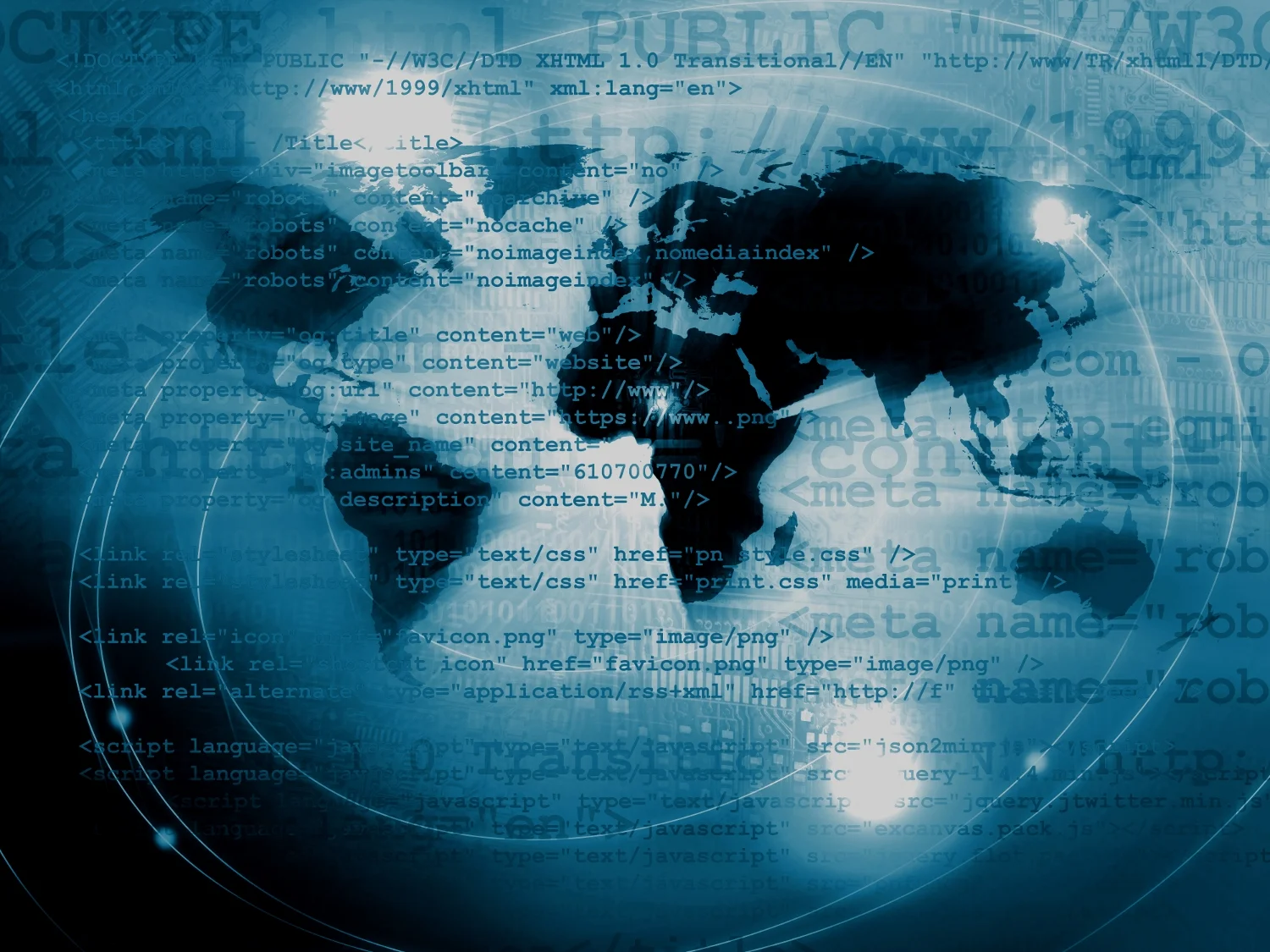TIME FOR ANOTHER LOOK AT TIME?
/A recent release from the University of British Columbia, Canada, inspired me to make the time to revisit the always timely subject of time travel (OK, maybe I should travel back in time and redo that sentence….)
Ben Tippett, a mathematics and physics instructor at UBC’s Okanagan campus, specializes in Einstein’s theory of general relativity and has come up with the mathematics to show that time travel should be possible. I’ll spare you my attempt to explain it mathematically (neither of us has that much time) but you’ve probably heard space described as being like a giant trampoline: it’s fairly flat in most places, but if you place something big and heavy on it (like a bowling ball, or a planet) you’ll make a deep depression in the fabric, and things nearby will roll down the side of the depression toward the object at the bottom. That’s a visualization of the force of gravity which, Einstein says, creates curves like that in space. UBC’s Tippett says that high gravity bends time as well as space, citing evidence that time passes more slowly close to a black hole, for instance. Bend time enough, and you can curve it into a loop that could be travelled backward or forward. (Technically, physicists call it a “closed time-like curve”.) At least, that’s what Tippett’s mathematical model shows. How it could be done is a whole other story—as he’s quick to point out, it would require exotic substances that don’t currently exist.
Still, I’m happy about any evidence that doesn’t rule out the possibility of time travel (I also like that Tippet named his model a Traversable Acausal Retrograde Domain in Space-time (TARDIS), which all Dr. Who fans will appreciate).
Actual hypotheses about how time travel would have to be accomplished include things like infinitely long cylinders spinning at a few billion revolutions per minute with ten times the mass of the sun, or donut-shaped areas of vacuum surrounded by hugely powerful and precisely focused gravitational fields (and that one also has a limitation that you couldn’t travel to a time before the machine was created.) Even Elon Musk won’t be bankrolling projects like that any time soon.
So should science fiction writers just drop the whole idea of time travel?
Not on your life (or infinitely recurring lifetimes, either).
H.G Wells didn’t try to explain the science when he wrote The Time Machine, and if it’s good enough for Herb it’s good enough for us. Like most of the best science fiction, the novel was a commentary on Wells’ own time, especially socialism and the British class system. It’s also wonderfully creepy. Better to leave out the dreary (and probably wrong) explanation of how the thing works, and focus on the story: the myriad ways time travel might be used—and mess things up!
A whole sub-genre of time travel stories involves characters messing with history, including one of my favourites, A Sound of Thunder by Ray Bradbury, in which the squashing of a butterfly changes the future. Another sub-genre professes to follow the credo that time travel is impossible, so instead the characters travel to a different time in an alternate universe. Michael Crichton’s Timeline is one of those, allowing the protagonists to have lots of adventures in the past, and even stay there, without screwing up our timeline (the title notwithstanding). Apparently it’s OK to screw up somebody else’s universe!
Robert J. Sawyer played a different trick with time in the novel Flashforward in which everyone on Earth gets a glimpse of their lives twenty-one years in the future (but doesn’t actually travel there). A host of personal dilemmas ensues. Sawyer also does something tricky with time travel in his novel Starplex—he avoids having to explain the technology by making it an exclusive ability of beings from billions of years in the future. Michael Swanwick’s Bones of the Earth does something similar, offering time travel as a gift from beings of the extremely far future to near-present-day humans, under very strict conditions. It’s a neat dodge—you don’t have to justify or explain time travel, you just have to believe that humans will someday figure it out.
All I can say is: if you’re reading this in the year 2 Billion AD, come back and visit me. We’ll talk.











